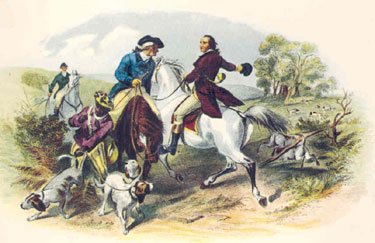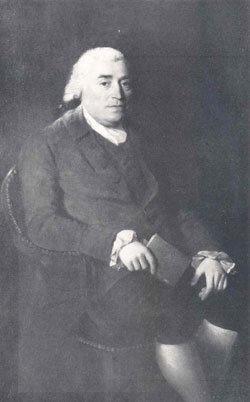Virginia’s Northern Neck
History, Northern Neck, Virginia
The New York Times visits the region many would contend is actually the best portion of Virginia. People describe it in whispers, using phrases of approval like “preserved in amber.”
Sleepy and rural, gently undulating, known variously as “the garden of Virginia†and “the Athens of the New World,†the Northern Neck is a 61-mile peninsula bracketed by the Rappahannock and Potomac rivers and the Chesapeake Bay.
Originally settled by members of eight Algonquian tribes, it was scouted in the early 17th century by Capt. John Smith, the English explorer, and eventually settled by planters whose impressive wealth derived mainly from stoking a global demand for a modish new stimulant: tobacco.
The British historian Arnold J. Toynbee once wrote that never was there a crop of genius such as was produced here in the colonial era. For the production of genius, it seems, Northern Neck soil was especially rich.
George Washington was born here near a bend of pretty Popes Creek, and so in other nearby towns were James Madison and James Monroe. Among other early colonists who got their start in life on the Northern Neck were the brothers Richard Henry Lee and Francis Lightfoot Lee, both signatories of the Declaration of Independence, and their descendant, the Confederate Gen. Robert E. Lee.
The Lees’ ancestral great house — an imposing H-shaped structure noted for its elegantly laid brickwork facade, high chimneys and a cube-shaped great room acknowledged as among the handsomest chambers in the United States — was built on a rise commanding a broad and strategic view of the Potomac, and was just a short walk along a farm road from my cabin in the woods.
There are many such houses here, salted away on the Neck, and seemingly forgotten by all but their caretakers or inhabitants. There are scruffy graveyards scattered with the tumbledown headstones of neglected worthies. There are remnants of terraced boxwood parterres and early brick orangeries. There are poplar groves surrounding historic temperance camps and churches of such refined severity that architects from around the world come to study them. There are wineries, too, because the Northern Neck is a developing winemaking region, but these I never saw because day drinking is something a writer on his own is well advised to avoid.
Despite or perhaps because of its historic import, the Neck is largely untrammeled, its monuments scarcely visited, the rural two-lane Historyland Highway bisecting it empty of traffic as often as not.
Why so few visitors make their way to places like Stratford Hall, in my eyes one of the architectural wonders of the nation, is a source of bafflement. Maybe it is because we are becoming, as David McCullough said, a nation of historical illiterates. Or perhaps it is because, as locals improbably assert, the Northern Neck is so hard to reach, although the peninsula lies no more than two hours by major Interstate from the capital of the nation and an hour and change from Richmond, the capital of the state.
Read the whole thing.
There can be no doubt of its historical significance. The Northern Neck is the real birthplace of the Virginia aristocracy, and by extension the fons et origo of the Declaration of Independence, the Constitution, and the American Republic.
It is today an isolated and neglected backwater filled with history and bathed in the marine light that falls only on special places intimately connected to the sea.







